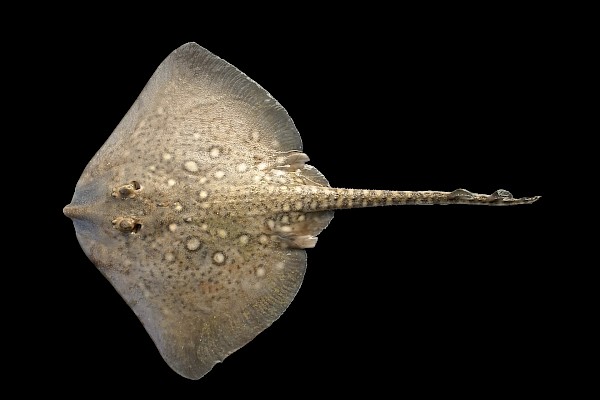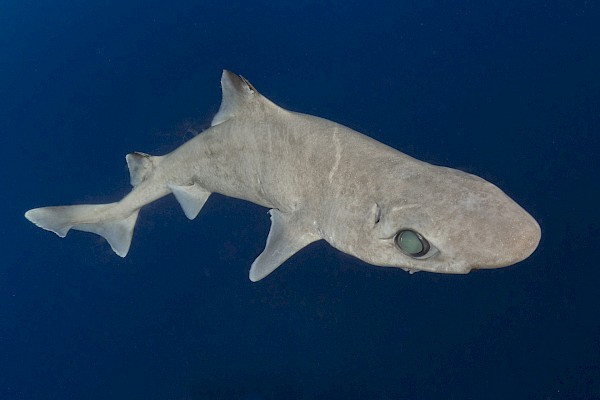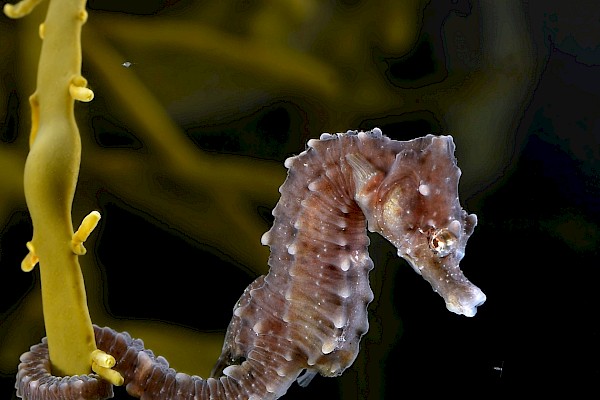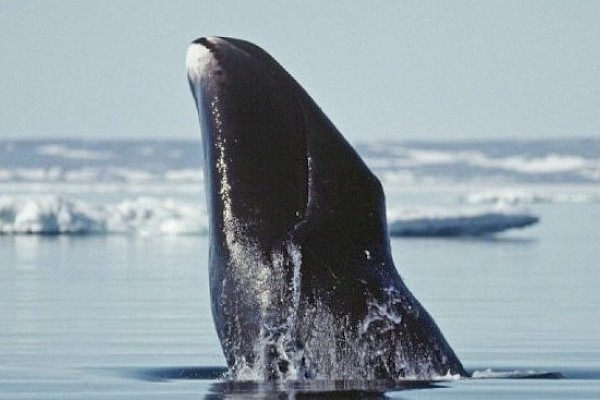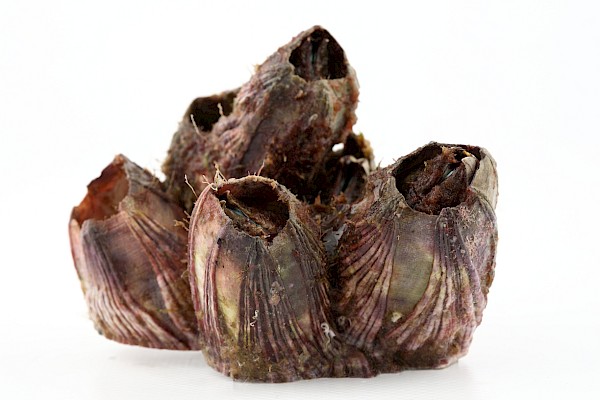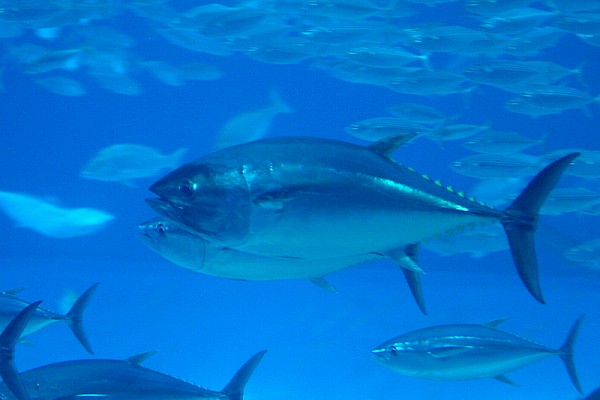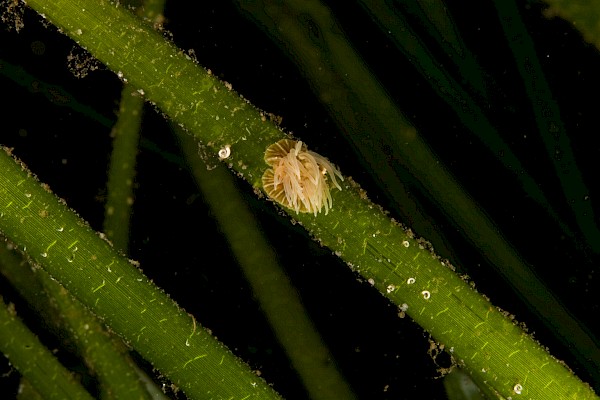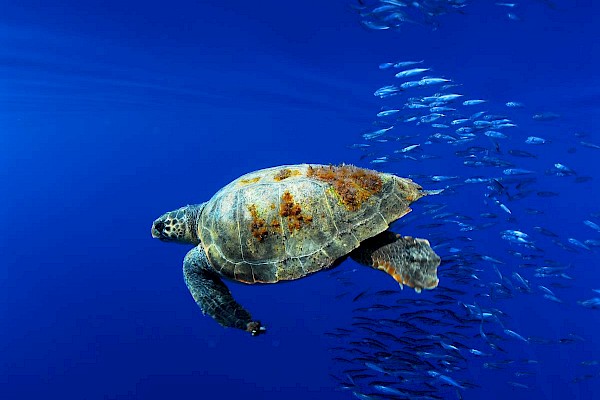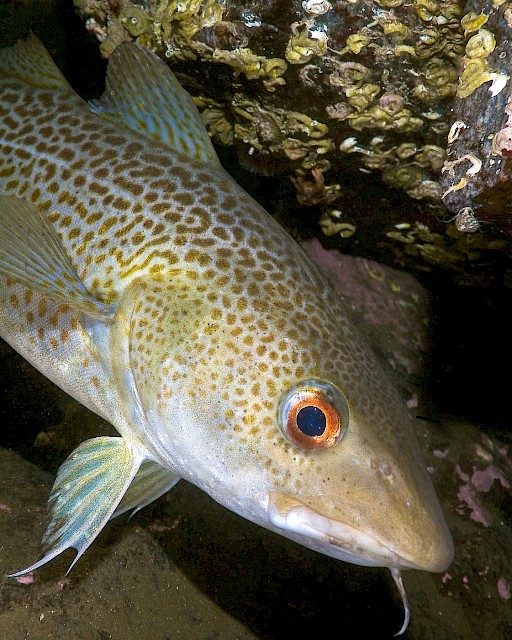Species & Habitats
The purpose of the OSPAR List of Threatened and/or declining species and habitats (Agreement 2008-06) (the OSPAR List) is to guide the OSPAR Commission in setting priorities for its further work on the conservation and protection of marine biodiversity in implementing Annex V to the OSPAR Convention.
The species and habitats on the OSPAR list are presented here. Agreement 2019-05, Guidance on the Development of Status Assessments for the OSPAR List of Threatened and/or Declining Species and Habitats can be found here
Listing procedure
OSPAR assesses which species and habitats need to be protected according to the Criteria for the identification of species and habitats in need of protection and their method of application (Agreement 2019-03). The Agreement specifies the requirement for the case report to be developed for the selection process and the Background Document to compile information on possible management actions to be taken by OSPAR. If the Background Document identifies management actions to be taken by OSPAR, then an OSPAR Recommendation is developed for the feature.
The OSPAR List is subject to further development and modification. Species and habitats will be added to or removed from the list, in the light of changes to their conservation status and to the threats they face and in the light of the latest scientific assessments. Guidelines for the revision of the OSPAR list of threatened and/or declining species and habitats and associated documents (Agreement 2019-04) outlines the procedural steps to be undertaken when modifying the OSPAR List.
Protective actions for each of the listed features are defined in the associated OSPAR Recommendation (OSPAR listed features).
The OSPAR Commission is working to ensure the protection of the species and habitats on the list either through its own programmes and measures or, where appropriate, through cooperation with other international authorities. Cooperation with other authorities is appropriate if the OSPAR Listed feature is threatened by human activities where management of the activity is not within the OSPAR legal competency but under that of another authority, for example fishing and deep sea mining.
The OSPAR Recommendations identify actions that are to be undertaken by each Contracting Party and actions undertaken by OSPAR collectively. Implementation of the collective actions is facilitated through a Roadmap for the implementation of collective actions within the Recommendations for the protection and conservation of OSPAR listed Species and Habitats.
Contracting Parties undertake regular cycles of implementation reporting to inform of the actions that have been undertaken. The year when the first implementation report is due is specified when each Recommendation is adopted. After the initial period, implementation reporting is required every six years.
With the aim to ensure a general level of protection from new human activities, the OSPAR Recommendation 2010‐05 recommends that the ‘OSPAR List of threatened and/or declining species and habitats’ is taken into consideration when assessments of environmental impacts (EIAs) of human activities are prepared. Environmental impact assessments of human activities are needed when the activities may affect the marine environment of the OSPAR maritime area. The latest overview assessment of OSPAR Recommendation 2010/5 on assessment of environmental impact in relation to threatened and/or declining species and habitats was published in 2018.



